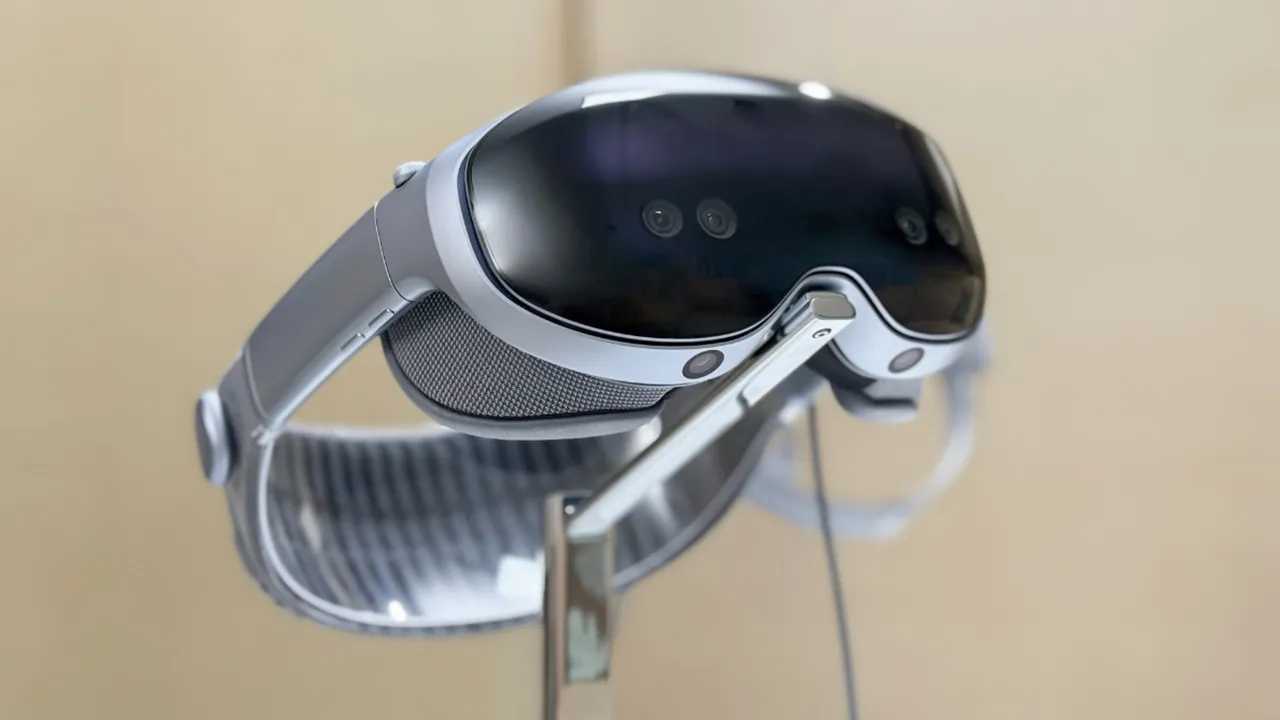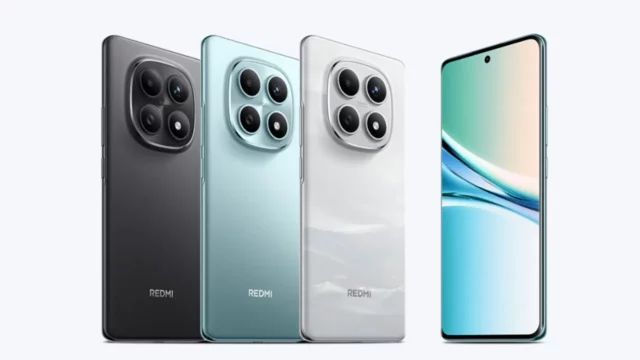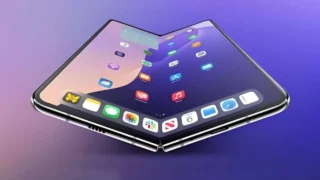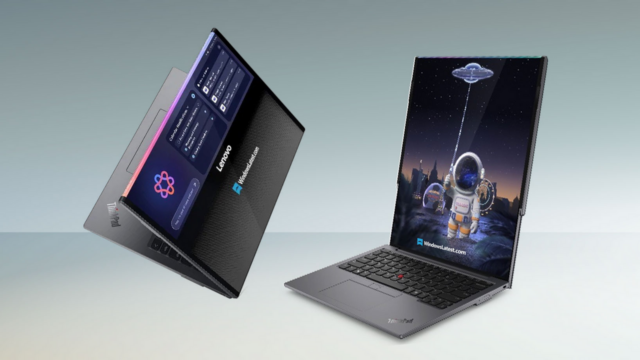China’s Vivo has joined the mixed-reality race with its newly announced Vivo Vision headset, and on paper, it looks like a direct answer to Apple’s Vision Pro. The similarities are clear, but so are the hurdles.
Vivo Vision cuts weight, not corners

Launched during Vivo’s 30th anniversary in Dongguan, the headset makes a strong first impression. It features a curved glass visor, an external battery pack, and downward-facing cameras, all familiar elements for anyone who’s seen Apple’s headset. Yet it has a few tricks of its own. At just 398 grams, it comes in noticeably lighter than the Vision Pro’s 650 grams.
It also boasts a 180-degree panoramic field of view and supports mixed-reality features through OriginOS Vision, Vivo’s custom operating system.
A better price can’t guarantee success
Vivo Vision starts at roughly $1,395 in China, far more affordable than Apple’s $3,500 price tag. But affordability doesn’t mean viability. The Vision Pro itself has struggled with adoption, and it’s not clear if price alone is the problem.
For now, the headset remains exclusive to mainland China, and Vivo hasn’t announced any plans for global release.
Vivo Vision enters a crowded, cautious market
As of now, most consumers aren’t sold on the format. Tech influencers like Jon Rettinger and Austin Evans agree that headsets still feel bulky and unnecessary for most tasks.
Their biggest complaints?
- Lack of compelling apps
- Cumbersome form factor
- Short novelty period
- Content limited to gaming or video
- Stronger alternatives already exist
Even the best design might not matter
Rettinger put it bluntly: “The honeymoon wore off.” Without a killer use case, the excitement fades. Evans, meanwhile, pointed to Meta’s Quest as the better deal yet still admits even that ends up collecting dust.
Vivo Vision is sleek but faces the same wall
Despite its design and pricing, Vivo Vision might not dodge the same fate as its competitors. The hardware’s here. The question is whether anyone really wants to wear it.














